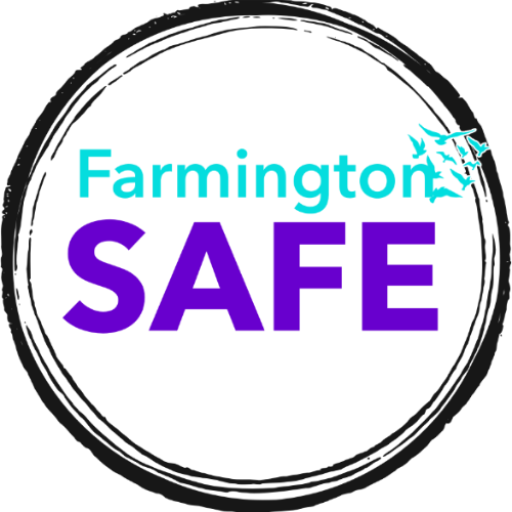SAFE: Sharing Stories to Prevent Suicide
On Jan. 27, Farmington SAFE (Suicide Awareness For Everyone) sponsored an important community conversation. The goal of Farmington SAFE is...
‘You’re Not Alone’
SAFE tournament drives home mental health, suicide awareness Ken Massey and his wife Katherine organized the softball tournament at Founders...
Substances and Mental Health
Substance use and abuse are major challenges that can affect an individuals mental health. “Substances” include a wide range of...
A Caring Community Can Change the World
By: Dr. Ken Massey There are people in our community who are at risk of dying of a terminal illness...
Farmington Hills Task Force Gets People Talking About Depression and Suicide
By: Joni Hubred-Golden In 2010, Farmington Hills council members Nancy Bates, Randy Bruce, and Ken Massey met to talk about a...
Talk, Plan, Be the Solution
Not a month goes by that doesn’t have a specific designation to raise awareness of an illness, campaign or any...
